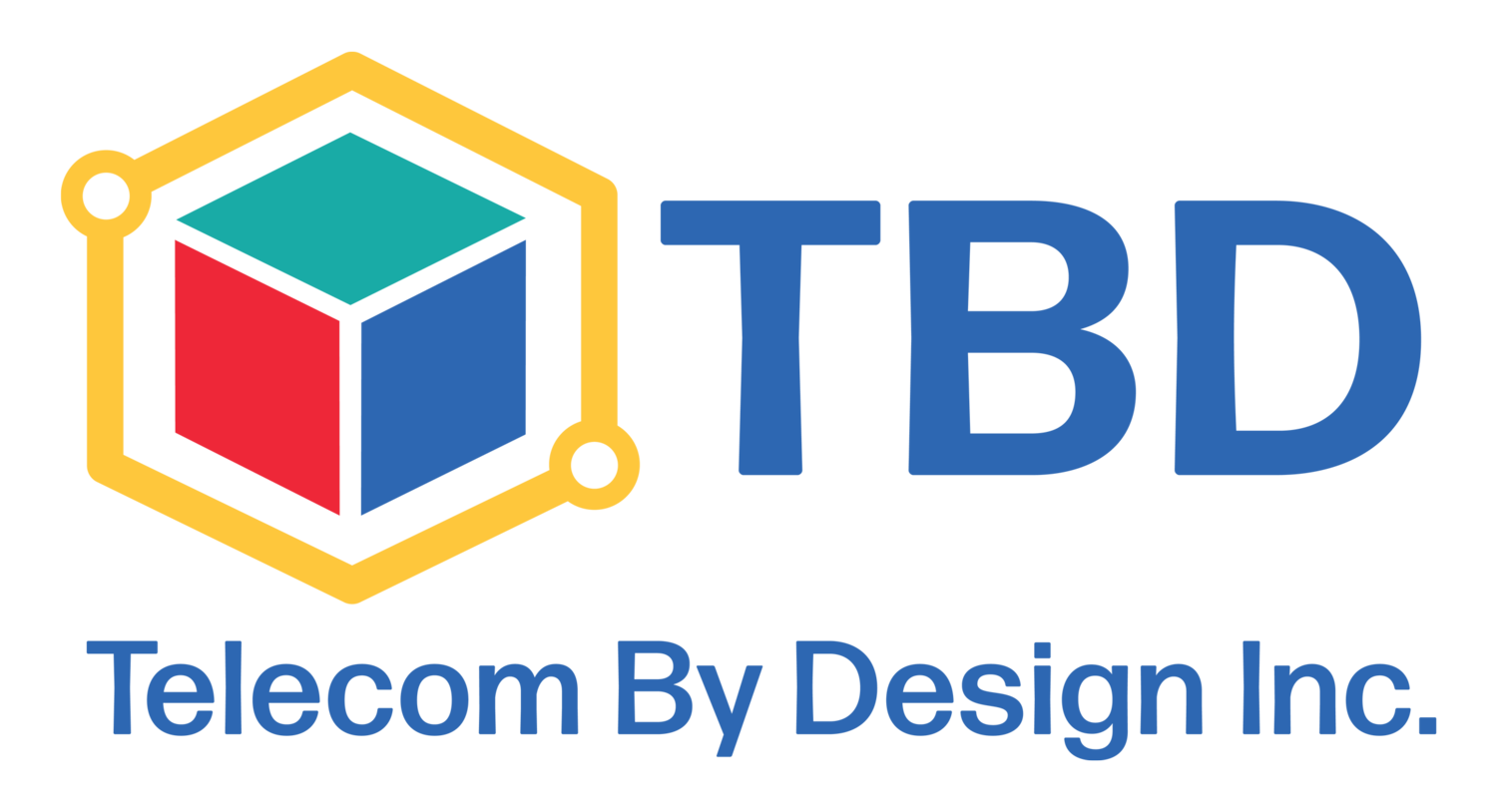Is New Always Better?
As technology continues to advance, it only makes sense to always go with the newest option available, right? Maybe not. Many times, technology – in this case data cabling - is developed for specific needs that are beyond what already exists. When you take a step back to compare new and “old” you may find that not only does the existing version meet your needs but it is also much more suitable for your environment, size or location.
If you’ve started researching data cabling for your business then you have likely come across both the terms “Cat5E” and “Cat6” several times. Organizations such as Building Industry Consulting Service International (BICSI), Telecommunication Industry Association (TIA), and the Electronic Industries Association (EIA) have set specific product standards. These guidelines have resulted in cables being classified into various categories based on their performance levels.
How do you know which one is best for your environment and network? There are so many things to take into consideration but first it’s important to know the difference.
Category 5 Enhanced
Cat5E cables are basic cables and are widely available in two varieties:
Unshielded Twisted Pair (UTP) - This is the type that is typically used in Canada and the United States.
Screened Twisted Pair (SCTP) - Has a shielding to provide a measure of extra protection against interference.
Additionally, Cat5E cables are either solid or stranded. Solid Cat5E is more rigid than the stranded version and are the better choice if data needs to be transmitted over a long distance while stranded cables are more flexible and most likely to be used as patch cables.
This category of cables is capable of fulfilling high standards and can handle data transfer at 1000Mbps. It is also suitable for Gigabit Ethernet (the term used for transmitting data of a gigabit per second).
Category 6
Cat6 is similar to Cat5E because it is made up of four twisted pairs of copper wire but includes a major structural difference - a longitudinal seperator that isolates each pair from the others. This results in a reduction of crosstalk and faster data transfer.
While Cat6 is the most advanced cable and is capable of providing twice the bandwidth of Cat5E it is most ideal when supporting 10 Gigabit Ethernet because it is able to operate up to 250MHz.
As an additional advantage, Cat6 is compatible with previously installed Cat5 and Cat5E.
But Which One Is "Better"?
It would be misleading to say that Cat5E and Cat6 are on the same level because there are many key differences. While Cat5e can support gigabit speeds, Cat6 is certified to handle gigabit Ethernet.
The Cat6 specification is better suited toward environments that are generally unfriendly to twisted pair cabling. This includes areas that have lots of interference from things like power lines, lights, and manufacturing equipment.
That being said for most applications, Cat5e is perfectly suitable and preferable to Cat6: it is more economical and performs almost as well in many environments. However, if you can be certain that all the components on your network are gigabit rated, and the volume of the data being transmitted calls for certified gigabit performance Cat6 is the perfect option.
Still Not Sure?
Click here to speak to an expert about what Category is better suited in your environment


